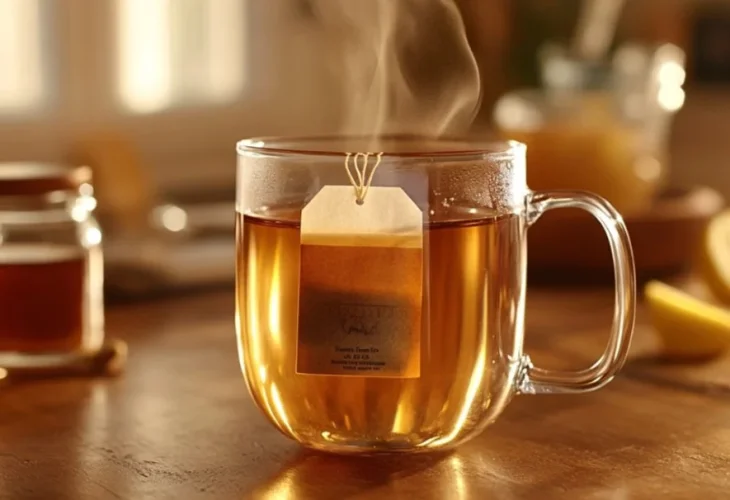Health and Nutrition
Microplastics in Tea Bags: What You Need to Know Before Your Next Cup
New research reveals billions of plastic particles in common tea bags- learn the risks and how to choose safer, healthier options.

There’s nothing like relaxing with a hot cup of tea, but that may be more complicated than it seems, according to new research.
“This study reveals that a significant number of tiny plastic particles- known as microplastics and nanoplastics- can be released from your tea bags,” says Li Li, an associate professor at the University of Nevada specializing in environmental chemistry and health sciences.
The multi-year study focused on tea bags made from polypropylene, nylon, and cellulose. All three types were found to release plastic particles when steeped in hot water, but polypropylene showed a significantly higher release rate. According to the study, published in Chemosphere in 2024 by researchers from the Autonomous University of Barcelona, a single polypropylene tea bag released about 1.2 billion microplastic particles per milliliter of tea.
A separate study from McGill University in Canada (2019) also found alarming numbers: up to 11.6 billion microplastic particles and 3.1 billion nanoplastic particles could be released from a single plastic tea bag into just one cup of tea.
While the long-term health effects of ingesting these particles are still being investigated, Prof. Li warns that these plastics can adhere to intestinal cells and potentially enter the bloodstream. Food scientist Brian Kwakale adds that such exposure raises serious concerns, including risks of inflammation, genetic damage, and possibly even chronic diseases.
Should you be worried about your daily cup of tea? It's understandable to feel concerned, but scientists emphasize that this area of research is still emerging. There’s not enough data yet to make definitive health recommendations, but awareness is growing. Aidan Sharon, an advocate for global plastic awareness, stresses the importance of these findings: “Tea is the second most consumed drink after water, so this issue deserves our attention. Plastic is under-researched, and we don’t ask enough questions about it, but thankfully, the scientific community is starting to.”
He also notes that any food stored in plastic absorbs trace amounts of plastic from its packaging, but the extent of the health impact remains unclear.
How to Reduce Your Exposure to Microplastics in Tea:
- Choose paper or natural fiber tea bags: Tea bags made from paper, cotton, or other natural materials tend to release fewer plastic particles.
- Use loose-leaf tea with a strainer: Brewing loose tea in a metal or glass infuser can minimize plastic exposure.
- Check the tea bag’s composition: Look for material details on the packaging or visit the brand’s website to learn more.

